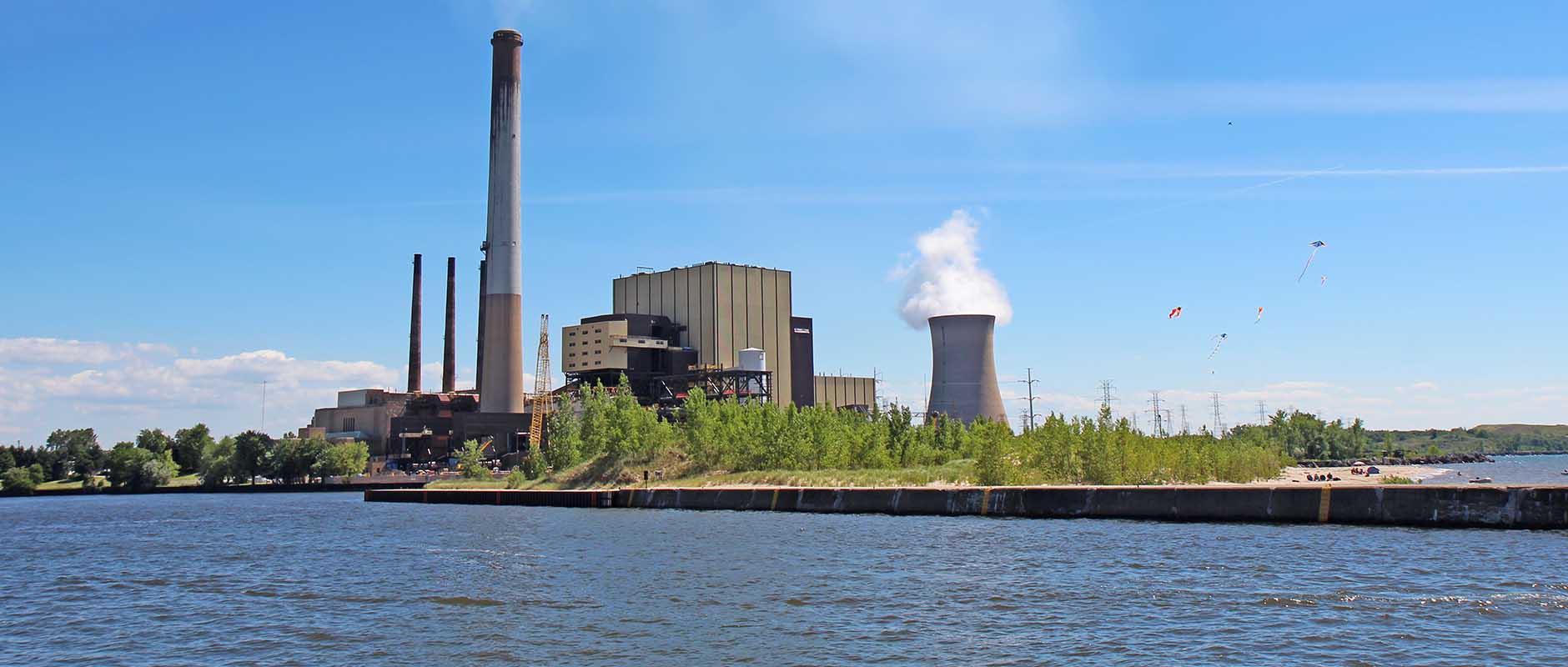Cooling towers, important in regulating temperature within production systems, face challenges in maintaining water quality due to sediment buildup and biological growth. Routine maintenance and water testing are essential to prevent corrosion, scaling, and harmful bacteria accumulation. Cooling ponds are large bodies of water that are used to dissipate the waste heat generated by various industrial processes. This technology has been widely adopted as a cost-effective and eco-friendly solution. Especially for heat disposal in the power generation, petrochemical and manufacturing industries.
Advantages of Cooling Ponds
- Cooling ponds act as a heat rejecting device. Warm/hot water is cooled via radiation, evaporation, and conduction before being recirculated. They provide several advantages over traditional cooling methods such as air cooling, tower cooling and recirculating cooling systems. Some of the key benefits of using cooling ponds include:
- Cost-effectiveness: Cooling ponds are relatively inexpensive to construct and maintain compared to other cooling systems. In addition, they can reduce the overall electrical cost and energy consumption of the industrial process. This leads to significant cost savings in the long term.
- Energy Efficiency: Cooling ponds utilize evaporative cooling, convection, and radiation to dissipate thermal energy from warm water efficiently. This makes them highly effective heat sinks. This results in lower energy costs and reduced greenhouse gas emissions.
- Environmental Sustainability: Cooling ponds are considered environmentally friendly. Because, s they do not produce harmful emissions and avoid chemical use to maintain water quality. They also promote biodiversity by providing habitats for aquatic plants and animals.
- Space Efficiency: Cooling ponds require sufficient land and water surface area to operate effectively but often occupy less space than some mechanical cooling systems, making them suitable for industrial facilities where ambient air and natural water temperature can aid the cooling process.
- Additional Benefits: Cooling ponds can serve as a source of cooling water for large buildings and power plants, offering the same benefits as cooling towers but with a lower overall electrical cost. They also help mitigate thermal pollution by avoiding the latter process of discharging hot water directly into natural water bodies.
This optimization incorporates important missing terms such as evaporative cooling, thermal energy, heat sink, warm water, ambient air, natural water temperature, electrical cost, power plants, and large buildings to improve SEO and content score.
Cooling Pond Design and Construction
The design and construction of cooling ponds involves several critical factors that must be taken into account to ensure optimal performance and long-term sustainability. Some of these factors include:
- Water Quality: The quality of the water used in the cooling pond must be carefully monitored. This is to ensure it does not become contaminated with pollutants or industrial waste. This can be achieved through the use of aeration systems, water treatment facilities and adequate mixing of the pond water.
- Size and Depth: The size and depth of the cooling pond must be sufficient to accommodate the waste heat generated by the industrial process. A larger pond will be able to dissipate heat more efficiently, but will also require more land area and maintenance.
- Location: The location of the cooling pond must be carefully selected to ensure it does not pose a risk to public safety or the environment. This may involve considering factors such as the proximity to residential areas, the presence of natural habitats and the potential for earthquakes or other natural disasters.
Cooling Pond Maintenance and Upkeep
Regular maintenance and upkeep of cooling ponds is crucial to ensure their long-term efficiency and sustainability. Some of the key tasks involved in maintaining a cooling pond include:
- Monitor the water quality in the cooling pond regularly to ensure it stays within acceptable levels and remains free from pollutants or industrial waste.
- Maintain aeration systems to provide adequate mixing of the pond water and prevent harmful substances from accumulating.
- Control algae growth to avoid negative impacts on the cooling pond’s performance.
- Clean the surface and bottom of the cooling pond regularly to remove debris and prevent pollutant buildup.
Heat Disposal In The Industrial Sector
Cooling ponds are an efficient and sustainable solution for waste heat disposal in the industrial sector. With proper design, construction, and maintenance, cooling ponds can provide a cost-effective alternative to traditional cooling methods such as air cooling and cooling towers. They effectively dissipate heat through evaporative cooling, convection, and radiation, reducing energy consumption and lowering overall electrical costs. Cooling ponds also promote environmental sustainability by avoiding harmful emissions and minimizing thermal pollution. Especially compared to once-through cooling systems that discharge hot water directly into natural water bodies. Additionally, cooling ponds serve as a reliable heat sink, supplying cold water for power plants, nuclear power plants, steel mills, and paper mills. They and can support air conditioning systems in large buildings. A study concluded by the Environmental Protection Agency highlights that cooling ponds operate efficiently within a few degrees of natural water temperature, providing the same benefits as cooling towers but at a lower cost. Furthermore, cooling ponds can offer recreational benefits such as fishing, enhancing their value to industrial facilities and surrounding communities.
